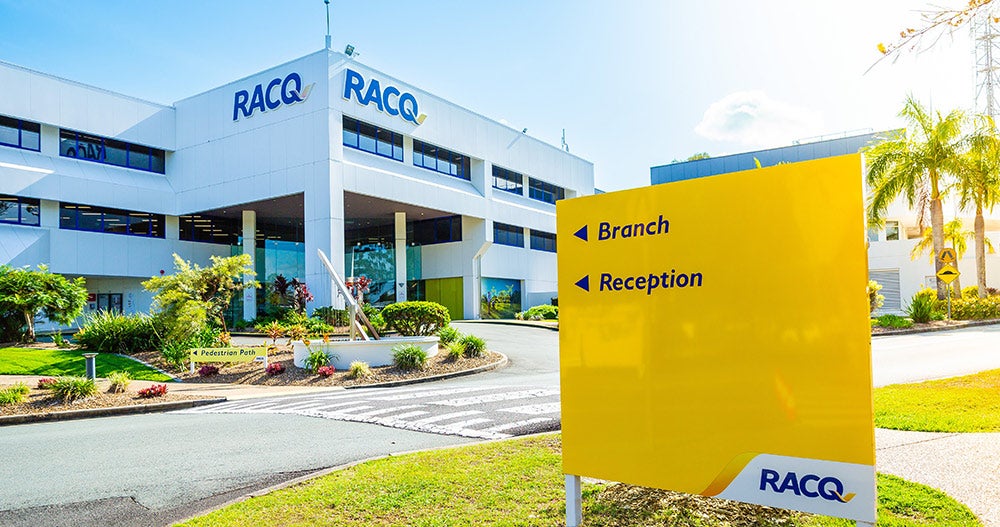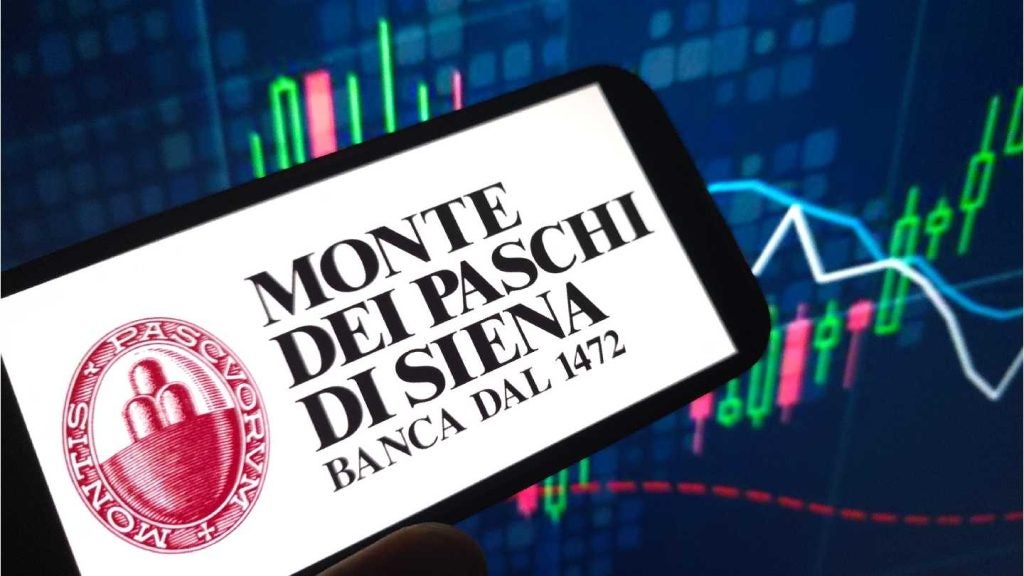The Amex Red card was launched in a high-profile
marketing blitz in the UK last March, part of the wider Product Red
campaign aimed at combating HIV/AIDS, tuberculosis and malaria in
Africa. The card is a competitive product in the UK, but Amex has
yet to roll it out around the world. Truong Mellor
reports.
What has happened to the pioneering American Express Red card?
Now that ethical credit cards are quickly becoming a mainstream
product around the world – the latest is a climate change card from
US giant Bank of America (see Red, white and blue? Bank of
America goes green) – what has become of the first and, in
terms of the product launch, highest-profile product of them
all?
Amex launched the Red card in March 2006 in the UK. The card is
part of the wider Product Red campaign from a consortium of
international megabrands that includes retailing giants Nike, Gap,
Apple, Emporio Armani and Motorola. Each has agreed to donate a
percentage of sales to the Global Fund, an organisation formed at
the 2001 G8 summit in Genoa to combat specifically HIV/AIDS,
tuberculosis and malaria in Africa. In Amex’s case, the card works
by donating 1 percent of all consumer spend to the fund.
It was a dream launch in terms of media attention and product
positioning: the Red campaign was spearheaded by Bono, frontman of
the wildly successful Irish rock band U2. Other high-profile
celebrities, including Australian supermodel Elle McPherson, have
also been used as marketing ambassadors.
A wholly new direction in ethical
finance
At the time, the Amex Red card was presented as a wholly new
direction in ethical finance. In contrast to charity affinity
cards, the product was designed to serve as a viable business
proposition and was the first direct play for a share of the
emerging and affluent ‘conscious consumer’ market in the UK.
Eighteen months on, however, and in terms of branding and marketing
visibility, the Amex Red card has seemingly disappeared off the
radar in the UK, though it is still being marketed on the company’s
UK website.

US Tariffs are shifting - will you react or anticipate?
Don’t let policy changes catch you off guard. Stay proactive with real-time data and expert analysis.
By GlobalDataThe wider Red campaign has suffered from a critical international
media – in March this year, for instance, a year after launch, the
campaign was censured by US marketing industry trade publication
Advertising Age which said that after nearly $100 million
spent on promotion, the Red campaign had mustered only $18 million
in donations to the Global Fund. The Product Red consortium refuted
the claims, saying total marketing spend was more like $30
million.
When asked about the product by RBI, an American Express
spokesperson said that “it is not the case” that Amex has ceased
marketing the Red card. The spokesperson added: “To date, $50
million has been raised for the Global Fund by Red partners… We do
not disclose how much [Amex] has specifically contributed to the
Global Fund.
“I think the fact that Red has generated $50 million to help fight
the spread of HIV and AIDS speaks for itself. This is money that
would not have been raised if the partners concerned had not been
working towards a common goal… We have been proud to be at the
start of this initiative and that its success has lied in the
combined marketing efforts of all companies involved.”
While the wider Red campaign was rolled out into the much bigger US
market in October last year it, Amex held back from offering the
Red card in the US. The spokesperson added: “There are currently no
plans to launch the Red card from American Express in the US or any
other country.”
Future plans
Amex is not giving anything away in terms of future plans for its
Red product. The company does say that the card has opened up the
Amex brand to a wider, younger audience compared with its
traditional business community segment. This younger segment is
also keener uses of the online channel; the JoinRed.com website,
which features campaign information, pictures, newsletters,
articles, product info and news, is described by Amex as a “vital
part of the set-up”.
At 12.9 percent APR and with no annual fee, the Red card is a
competitive product. The level of aid donated to the cause of
choice is not dependent on profit, an approach adopted by many
recently launched ‘ethical’ credit cards (see RBI 582).
Such a profit-based system inevitably proves problematic, as it
creates a situation whereby the level of aid is reliant upon the
consumer racking up interest and late fees.
Indeed, had the Amex Red card been launched among the flurry of
‘conscious’ credit cards that have followed, the product may have
been viewed as one of the more notable retail products in this
vein. Perhaps the key lesson to be learned from the Amex Red
project is that its big, celebrity-endorsed launch promised too
much.
In a statement released at the end of November, the Global Fund
said: “This cumulative total [$50 million] outstrips by far all
previous private-sector contributions to the Global Fund and
creates a new benchmark for engaging business in the global fight
against AIDS in Africa. Product Red has become one of the largest
consumer-based income-generating initiatives by the private sector
for an international humanitarian cause.
“As the fund looks to existing and new donors to help raise $6 to
$8 billion annually to finance programmes globally to fight AIDS,
TB and malaria, Product Red has become a significant and promising
new source of funds.”








